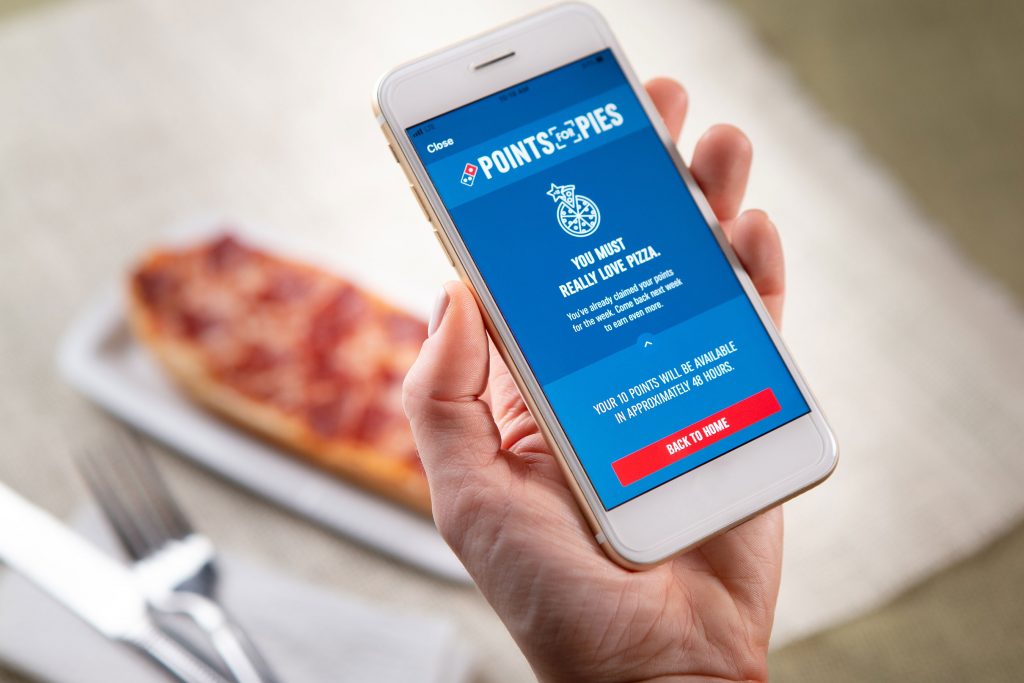
Dominos is riding the creativity train yet again, with their latest creative marketing idea.
Following on the heels of Dominos Hotspots and Dominos Zero Click Ordering, they now have come up with a great idea for getting people to download their app onto their phones and to ultimately order their pizza.
When it comes to ordering pizza, the phone is on its way to being replaced by the app. But which app?
When ordering pizza by phone at least you could still use the same phone, but just dial a different number if you wanted to order a different pizza.
But if you want to order a different pizza using an app you have to download and install and configure a completely different app. NOT as easy switching to a different pizza place when ordering by phone. So, if an app helps to lock people into reordering pizza from you instead of trying the pizza from some other pie place, what do you have to do?
You HAVE to get people to not only download your app and install it, but you’ve got to get them to start using it.
A lot of places try to overcome this inertia by offering a discount on the first order made using the app, but this isn’t always a strong enough incentive.
Domino’s solution to this problem?
What if we rewarded people just for eating pizza, even if it’s not ours?
Sounds crazy, right?
Well, that’s exactly what they’ve done with their latest Points for Pies promotion. Now, if you download the Dominos Pizza app onto your phone AND join their rewards program AND take a picture of any pizza once a week for six weeks using the app you’ll earn enough points to get a free medium two-topping pizza. But, to add a sense of urgency, you must earn your 60 points before the 100 million points run out, which probably works out to about 2-3 million people participating before the points run out.
Supposedly the app uses artificial intelligence to detect pizza in the photo, but I have a sneaking suspicion it will give you points for taking a picture of just about anything. I don’t eat Dominos Pizza, so let me if you can take a picture of anything funny and still get your points. 😉
So, what do you think? Will this promotion drive app downloads, and more importantly, rewards program signups and app usage and pizza purchases?

![]() Sign up here to get Human-Centered Change & Innovation Weekly delivered to your inbox every week.
Sign up here to get Human-Centered Change & Innovation Weekly delivered to your inbox every week.
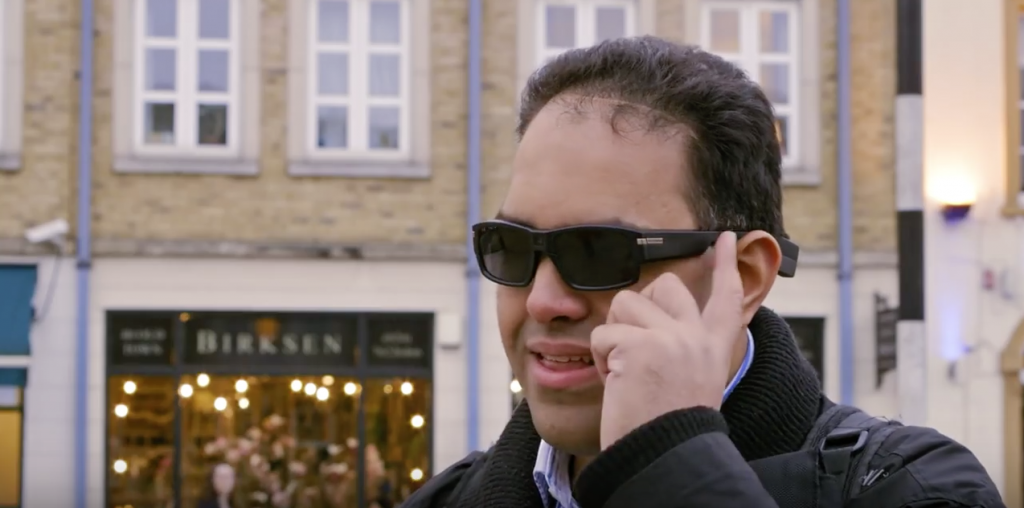


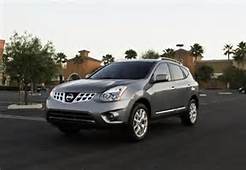 The world of marketing and advertising used to be very simple. If you got a branding or marketing job with a company, you would inherit an agency that the person above you or before you had hired to work with the company to get your advertising and marketing campaigns developed and executed. After a few years if you worked in an agency you might go work for a company and manage an agency, or after a few years working in marketing or advertising for a company you might leave to go work for an agency, and this cycle might repeat several times over the course of your career.
The world of marketing and advertising used to be very simple. If you got a branding or marketing job with a company, you would inherit an agency that the person above you or before you had hired to work with the company to get your advertising and marketing campaigns developed and executed. After a few years if you worked in an agency you might go work for a company and manage an agency, or after a few years working in marketing or advertising for a company you might leave to go work for an agency, and this cycle might repeat several times over the course of your career.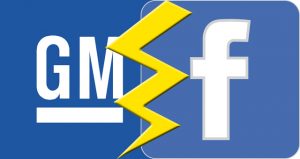 The twittersphere erupted with news of GM’s announcement that it was refusing to pay for 2013 Super Bowl advertisements and $10 Million worth of advertising on Facebook.
The twittersphere erupted with news of GM’s announcement that it was refusing to pay for 2013 Super Bowl advertisements and $10 Million worth of advertising on Facebook.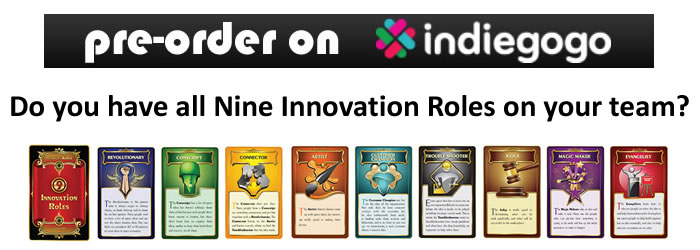

 I originally posed this software design challenge to application developers in September 2008 based on an InfoWorld
I originally posed this software design challenge to application developers in September 2008 based on an InfoWorld 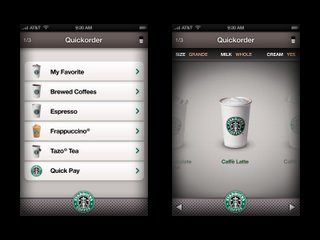 I came across a queue reduction application for the iPhone and iPod Touch four years ago that was intriguing. At the time it looked like the application wasn’t quite finished or certified for use yet by Apple and Starbucks, but from what I gathered at the time it was meant to work something like this:
I came across a queue reduction application for the iPhone and iPod Touch four years ago that was intriguing. At the time it looked like the application wasn’t quite finished or certified for use yet by Apple and Starbucks, but from what I gathered at the time it was meant to work something like this: